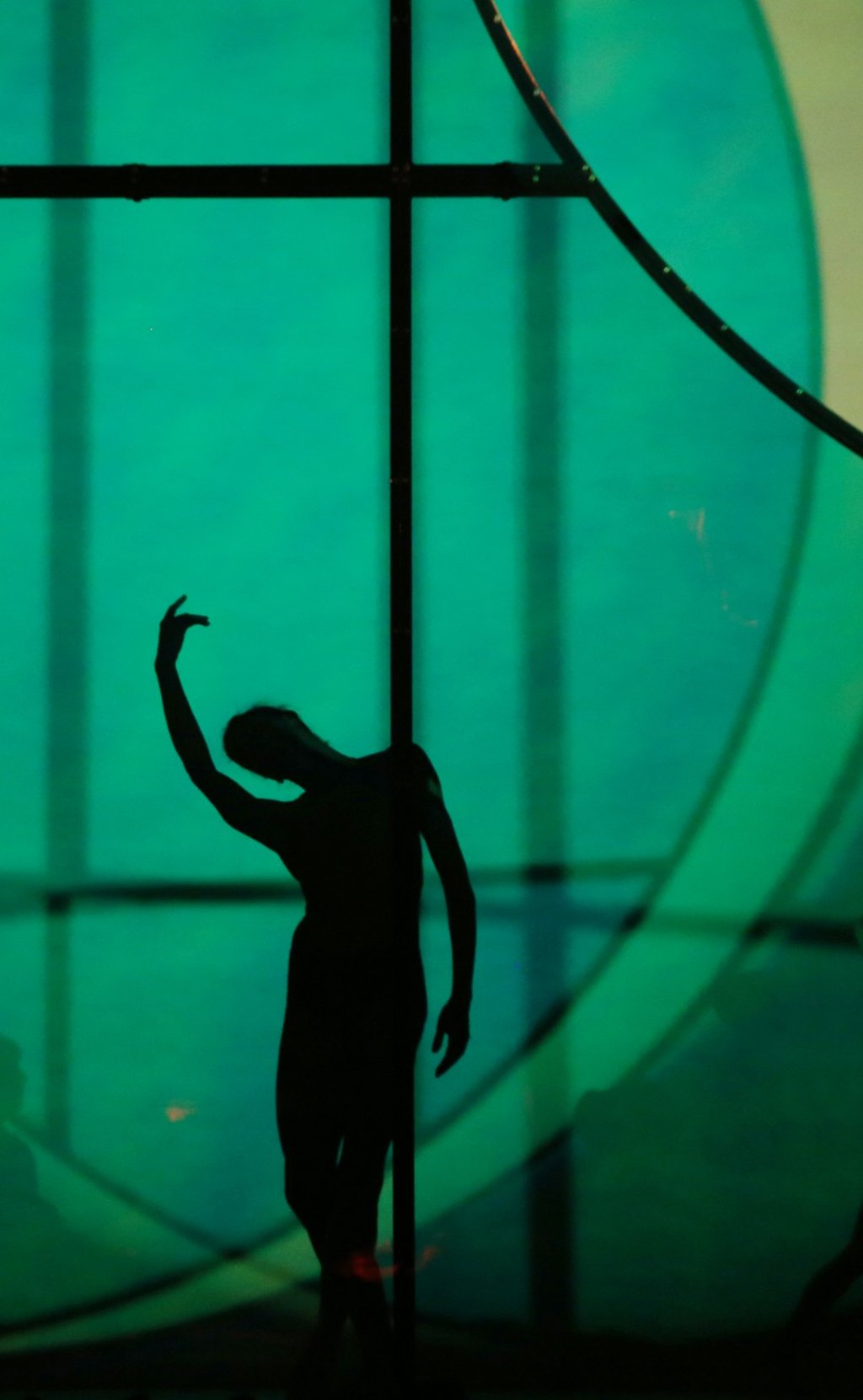Tree of Codes review: visually arresting dance production needed more content and structure
- Royal Ballet choreographer Wayne McGregor’s Tree of Codes inspired by Jonathan Safran Foer’s book
- Stunning visual effects and stage design by Olafur Eliasson, but content lacked variety and structure

The biannual New Vision Arts Festival opened with a full-length production from celebrated British choreographer Wayne McGregor, inspired by Jonathan Safran Foer’s Tree of Codes, a book that sets out to be both literature and graphic art.
Foer took Bruno Schulz’s collection of stories, Street of Crocodiles and redacted most of the text, picking out words here and there to create a new story told in a visual way.
Such an abstruse concept is extremely difficult to interpret in terms of dance. While there are some stunning visual effects, thanks to Olafur Eliasson’s designs, the piece soon runs out of things to say and the content is not sufficient to sustain the running time of 75 minutes.
McGregor works in contemporary dance and ballet, notably as resident choreographer at the Royal Ballet in London.
Tree of Codes was created in collaboration with the Paris Opera Ballet. Although the women don’t dance on pointe, the choreography is reminiscent of McGregor’s ballet work, with a mixture of essentially classical steps and the convoluted, gymnastic lifts which have become his signature.

While a few passages stand out, notably a powerful duet for two men, the choreography lacks variety. The frenetic pace and endlessly kinetic movement are exciting at first, but soon become monotonous. This non-stop action is tiring to the eyes (already sorely tried by having beams of bright light aimed at them from the stage – one of my least favourite theatrical gimmicks).
A piece of this length needs more contrast and structure – as it is, it seems to be constantly rushing without actually getting anywhere. Jamie xx’s electronic music, while enjoyable enough, suffers from the same repetitive nature as the choreography.